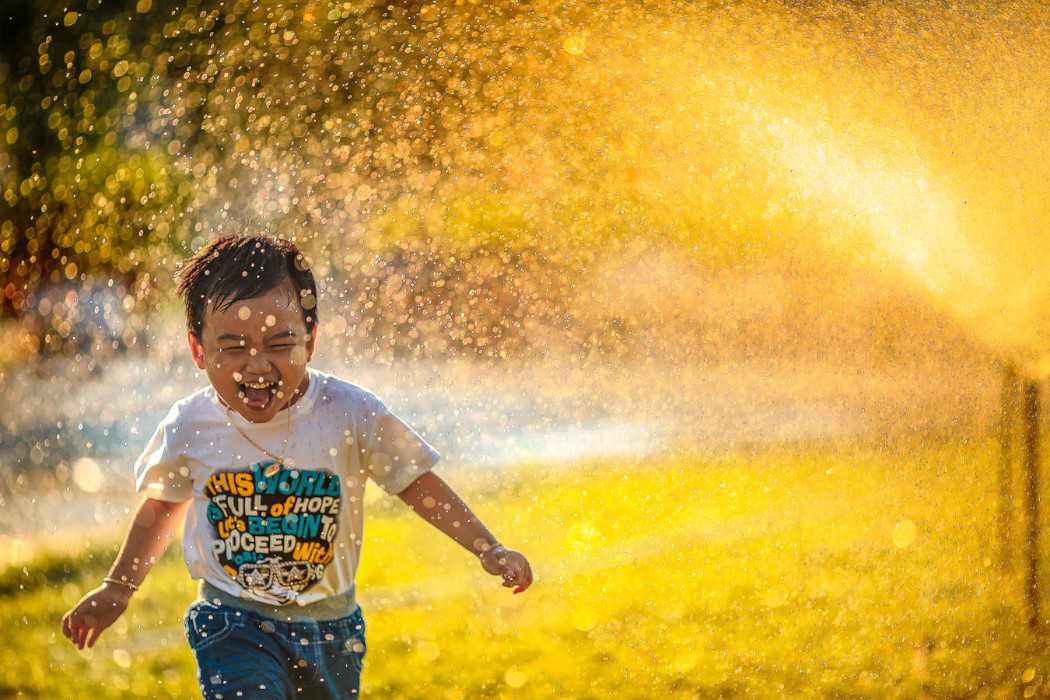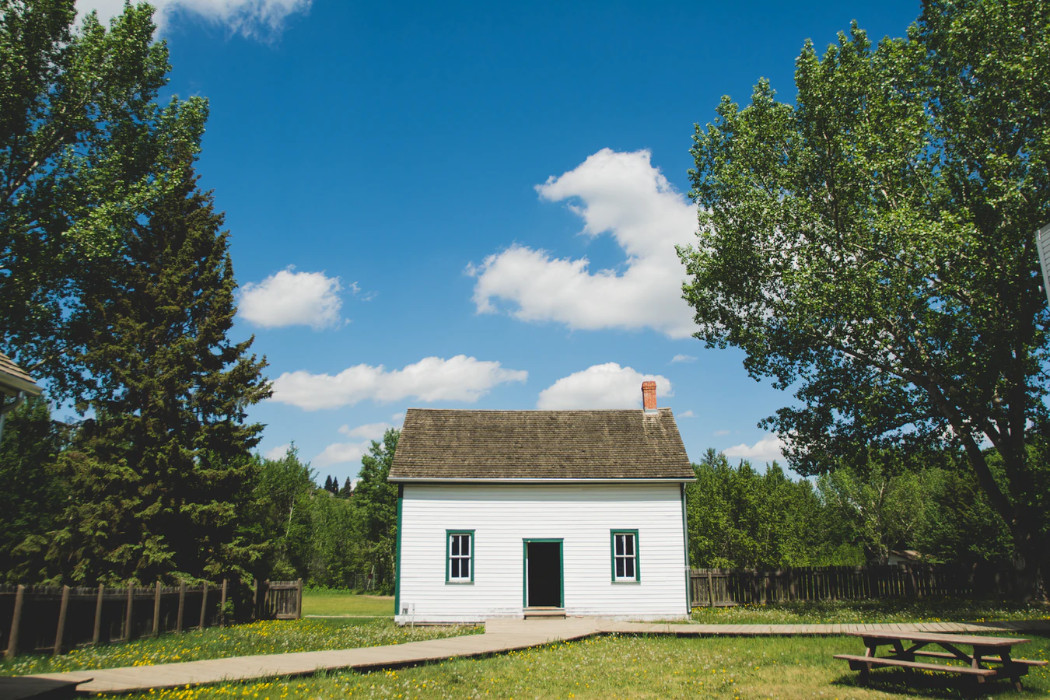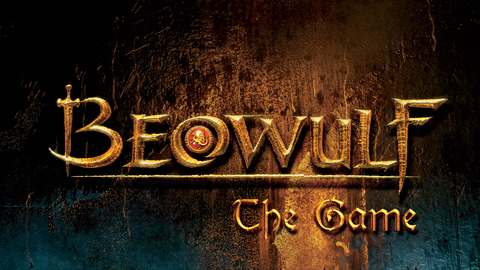The Divine Image is one of the more rhetorical songs by William Blake. He speaks of both God and Man and reflects on an identity between the two.
The Divine Image Summary
The poem presents four virtues: Mercy, Love, Peace, and Pity as personifications reflective of the relationship between divinity and humans. These virtues are the objects of prayers when one is in distress and must be loved and cherished.
The virtues are equated with God himself. This is unorthodox because of the suggestion that we pray to these virtues and not God because he has these sympathetic qualities. The poem emphasizes Mercy, Pity, Peace, and Love not being God’s characteristics but his substance, and they are what is meant when we speak of God. They suggest that the same virtues are related to man and present the relationship between God and man powerfully.
The poet claims that Mercy, Pity, Peace, and Love are also equivalent to man. These qualities witness an embodiment in the humans and are recognizable because of their features. So, essentially, when we think of God, we are forming him after these human qualities.
The poet furthers the human aspects of the virtues and builds a strong relationship between human and divine. When humans pray, irrespective of who or where they are and who they worship, they are necessarily worshipping the ‘human form divine.’ This is what is considered ideal or godly. The Divine Image, as presented by Blake, is a reversed one because the poem shows God in the image of a man and that God is a mental creation.
The poem suggests that humanity should be cherished in all its forms because they are all linked to divinity and are all consequently vital. The three virtues- Mercy, Love, and Pity are said to coexist with God and highlight the inseparable relationship between God and humanity.
The poem does not specifically mention Christ, but virtues that the poet has alternatively assigned are primarily associated with Christ. Given that Christ was both God and man, he has become the vehicle for mediation between God and humanity. However, he is given an abstract form and not a human figuration, and this underscores the elaborate intellectualization involved in the Christian doctrine.
The Divine Image Analysis
The poet has listed the personified figures of Mercy, Pity, Peace, and Love as the four ‘virtues of delight’. The people pray to these virtues in times of distress and thank them for their blessings because they believe that these are representative of “God, our dear father.” The virtues are the essential characteristics of the Man. One can find Mercy in the human heart, pity in the human face, peace is what covers humans, and love is existent in human form or body. The prayers that have been made to these virtues are directed not only to God but also to the ‘human form divine,’ which must be respected and loved by everyone, irrespective of religion or culture.
The Divine Image Theme
The primary theme of The Divine Image is the relationship humans share with God. The voice praises both humankind and the divine and links them together. The virtues that are shown by the lyrical voice carry both a divine and a human aspect. God and man are inseparable, and owing to that, mankind deserves praise too.
The Divine Image Central Idea
The title of the poem shows the importance of the image of God and later in the poem, it is described how the divine is reflected in humankind. The lyrical voice personifies the four virtues as they represent God and how these are characteristics of humans.
The Divine Image Figures of Speech
The poem, The Divine Image, is composed of five ballad stanzas of quatrains, that is, the lines have four and three beats alternately, and the rhyme scheme is ABCB. The poem is in the form of stanzas that reflect the sense of honesty and naturalness. The poem has simplicity and a hymn-like quality with its repeating words and phrases and the spiritual subject matter. The poem uses personification for Christ’s meditation between God and Man.
Some online learning platforms provide certifications, while others are designed to simply grow your skills in your personal and professional life. Including Masterclass and Coursera, here are our recommendations for the best online learning platforms you can sign up for today.
The 7 Best Online Learning Platforms of 2022
- Best Overall: Coursera
- Best for Niche Topics: Udemy
- Best for Creative Fields: Skillshare
- Best for Celebrity Lessons: MasterClass
- Best for STEM: EdX
- Best for Career Building: Udacity
- Best for Data Learning: Pluralsight
















